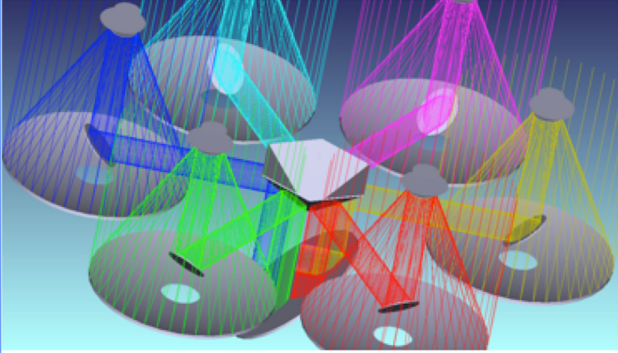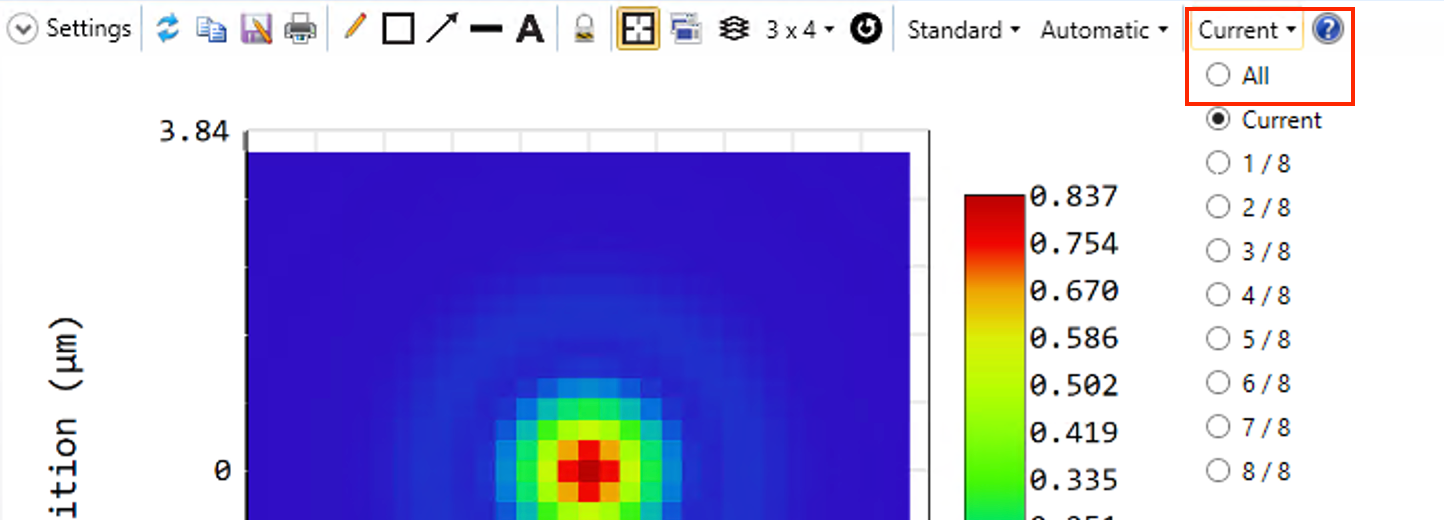It can easily be done in NSC mode to let multiple optical systems exist simultaneously ,and by doing so I can combine light from different system to get interferogram . I wonder if it can still be realised in SEQ mode ?
Like the picture below.

It can easily be done in NSC mode to let multiple optical systems exist simultaneously ,and by doing so I can combine light from different system to get interferogram . I wonder if it can still be realised in SEQ mode ?
Like the picture below.

Best answer by MichaelH
Hi DDDD,
Yes, this is possible.
In Sequential mode, you will have to setup each “system” as a separate configuration in the Multi-Config Editor (MCE). So, for the image you showed above, you would have 6 different configurations with Coordinate Breaks to move each primary/secondary mirror segment together.
Then, there are a handful of analysis, such as Geometric Image Analysis for ray-based results and Huygens PSF/MTF for diffraction-based results which will actually trace all 6 configurations at the same time to give you a single result that includes all configurations:

Other analysis, such as the Interferogram Analysis, will only look at 1 or 2 configurations at a single time. So, if you want to get the entire wavefront/Zernike, you will have to use the ZOS-API to combine all the wavefronts together and perform the calculation in something like Python or Matlab.
Enter your E-mail address. We'll send you an e-mail with instructions to reset your password.